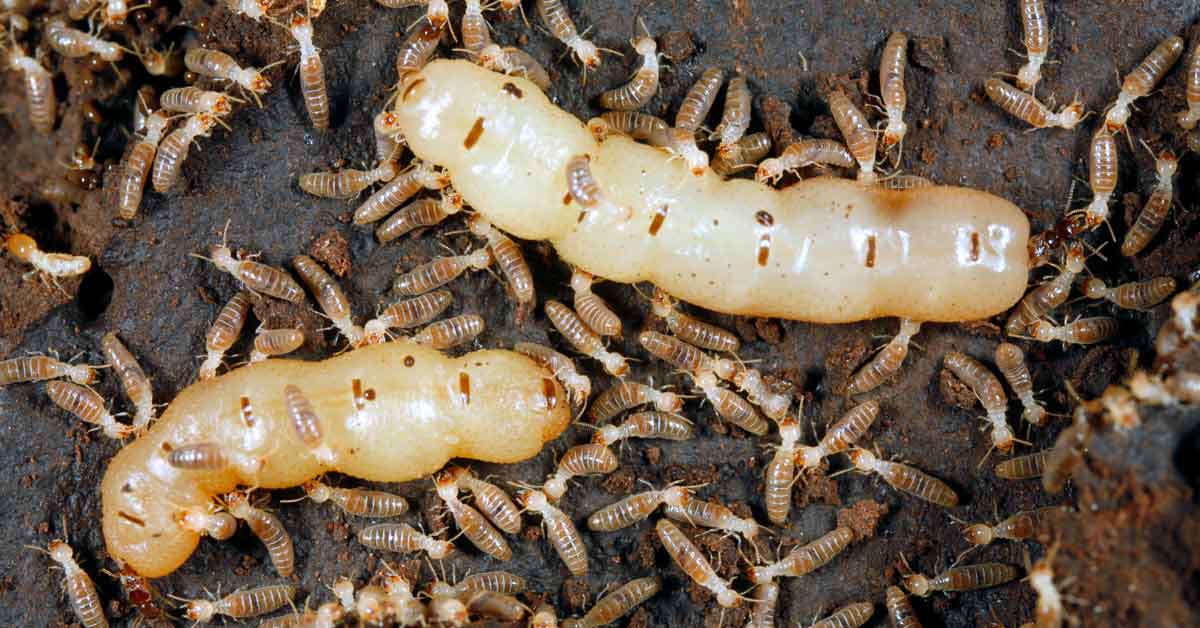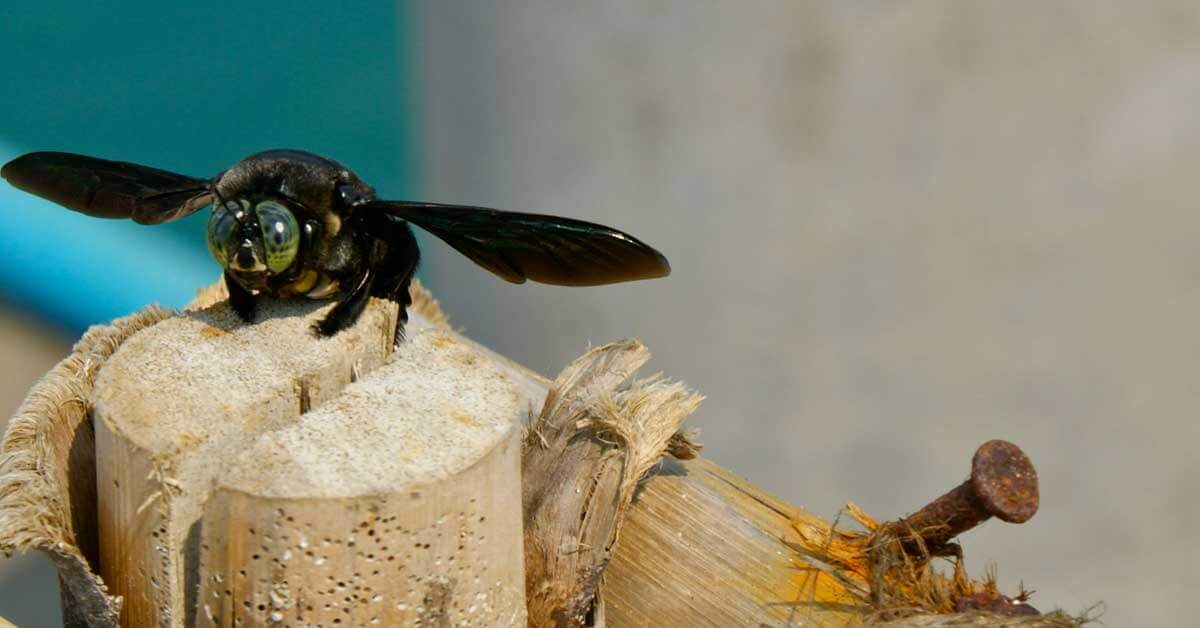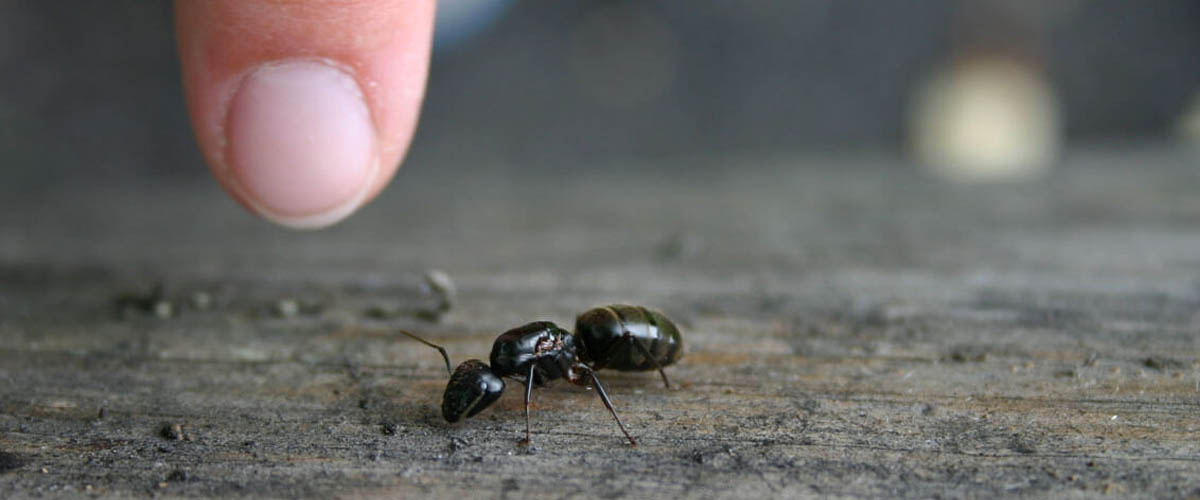How to Kill Termites and Protect Against Their Damage
Termites are found throughout the United States except Alaska. The U.S. Department of Agriculture estimates that these destructive, wood-eating pests are behind nearly $40 billion in damage worldwide every year. In the U.S. alone, approximately 600,000 homes sustain damage from termites annually.1,2 Southeastern states and California are most at risk, but the threat radiates from warm southern and western states to northern zones.1
Among termites native to North America, three main types exist: dry-wood, damp-wood and subterranean termites. Dry-wood termites attack sound, dry wood in limited coastal areas. Damp-wood termites target moist, decaying wood and, occasionally, sound wood. Their contribution to national damage is minimal. Subterranean termites, the country's leading wood-damaging pest, wreak havoc nationwide. Some regions now face aggressive, invasive, non-native termites as well, making understanding these pests and how to control them all the more critical.1
IDENTIFYING TERMITES
Termites typically stay hidden within the wood they damage or in large, underground colonies well out of sight. Unlike carpenter ants, termites are rarely seen in the open. The first clues of infestations often come when winged, reproductive termites “swarm" in early spring, emerging to mate and leaving dropped wings behind as telltale signs. By the time these "reproductives" appear, their colony has been established for many years. The population of a five- to six-year-old colony may number from the thousands to more than one million.1
Termite colonies are highly organized, with three primary population divisions: workers, soldiers and reproductives. Each has a very different appearance. Worker termites are the ones behind the destruction. These wingless wood-eaters have soft, yellowish-white, cigar-like bodies. Rarely seen, workers stay concealed within the wood they eat. Wingless soldier termites, tasked with guarding and defending the colony, are yellow-brown with large brown heads. Dark-colored reproductives are often confused with carpenter ants, but differ from ants in significant ways. Termites lack a defined waist, have straight antennae, and, if winged, have front and hind wings of equal lengths.
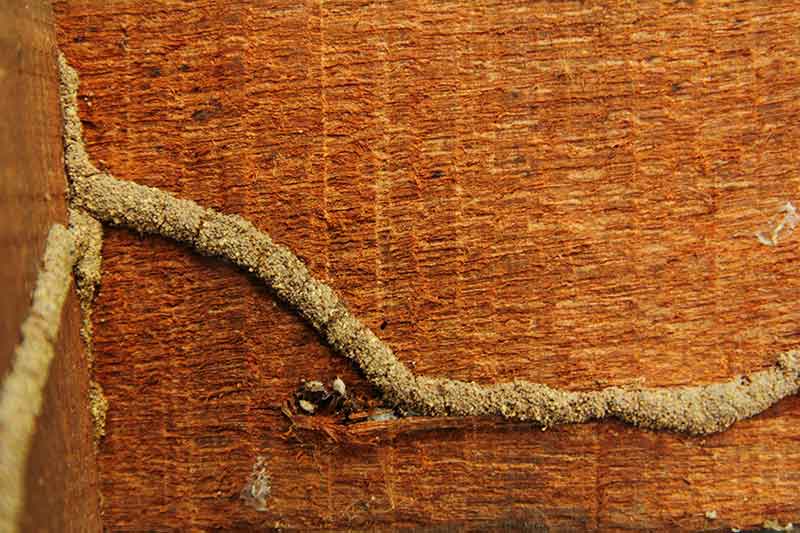
Mud tunnels on wood beams are signs of a subterranean termite invasion.
RECOGNIZING TERMITE DAMAGE
Unlike other wood-damaging insects, termites actually eat the wood they target. They feed on cellulose derived primarily from wood and plant-based products. Paper, books and even plant-based clothing can become targets in a pinch. When termites find a food source, they send signals for others to join them. Because soft-bodied termites rely on moist environments, they often build protective sand-like tunnels to bridge the distance between soil and wood. Their tubular pathways point to colony locations and hidden damage at their ending points.
When tapped with a hand or tool, termite-infested wood returns a hollow sound. Probe into the wood with a screwdriver or similar implement to confirm your suspicions. When termite damage is present, the wood's exterior yields easily and collapses, revealing the destruction. Unlike carpenter ant galleries, which have smooth, clean sides, termite galleries have rough walls lined with greyish brown excrement. In well-established colonies only a thin, lacy shell of the wood may remain.1
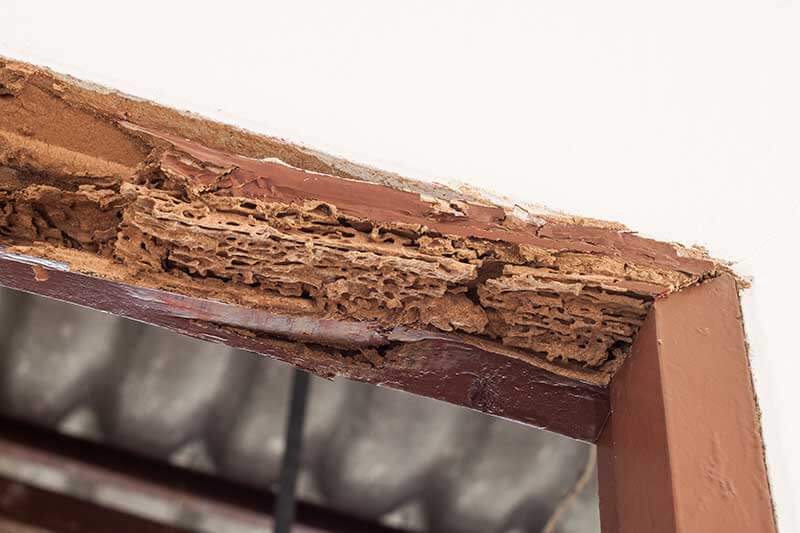
Mud tunnels on wood beams are signs of a subterranean termite invasion.
TREATING FOR TERMITE INFESTATIONS
Termite damage can happen quickly and be far-reaching. Prompt, effective treatment is critical to preserve the value and integrity of your home. In known termite-infested areas, regular inspections by pest professionals are extremely important to reveal and limit termite damage. For active infestations, always seek professional inspections to secure the safety of your home. Preventive and protective home treatments are also important components of an effective termite control program.
Used according to label instructions, Amdro Quick Kill Carpenter Bee, Ant & Termite Killer Ready To Use kills termites and helps prevent new infestations for up to three months outdoors and 12 months indoors. This highly effective product treats home perimeters, foundations and localized termite galleries, working in tandem with professional structural treatments to protect and preserve your home.
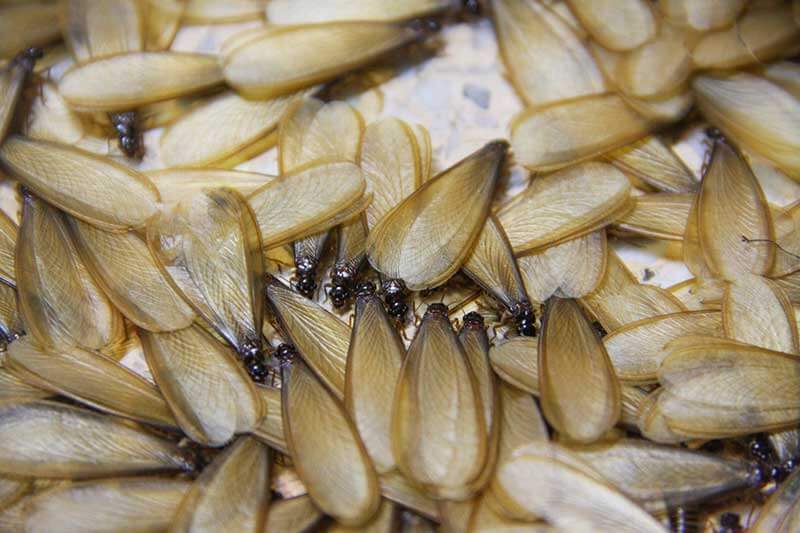
Swarming reproductive, winged termites in spring signal a major infestation.
MINIMIZING RISKS FOR DAMAGE
To prevent termite infestations and limit damage, go beyond regular inspections and protective treatments. Take steps, beginning at construction and continuing throughout the life of your home, to keep it inhospitable to these pests. Repair damp, moist areas where water or moisture collects, such as near foundations or downspouts. Keep your home's interior free of leaky pipes or condensation in humid, poorly ventilated areas. Remember that any items connecting soil to structural wood become potential termite bridges. This includes wooden trellises, arbors, porches and steps.
Wise choices in building materials help your cause, too. Choose non-wood materials or use chemically treated woods or wood types that termites least prefer. Woods such as teak, redwood, Eastern red cedar, black walnut and bald cypress are less susceptible to termite infestations.1,2 Contrary to some termite myths, these pests do not eat through concrete. However, without adequate clearance between soil and wood, termites bridge concrete to reach the wood beyond. Steps taken upfront prevent future problems.
When termites or other wood-damaging pests threaten the structural integrity and value of your home, prompt action puts an end to their destruction. Amdro is committed to providing you with the information and the products you need to protect your home and family from damaging pests and disruptions.
Always read product labels thoroughly and follow instructions carefully, including recommendations for professional inspections.
Amdro and Amdro Quick Kill are registered trademarks of Central Garden & Pet Company.
Sources:
1. Peterson, C., Wagner, T.L., Mulrooney, J.E. and Shelton, T.G., “Subterranean Termites – Their Prevention and Control in Buildings," U.S. Department of Agriculture, October 2006.
2. Kaplan, J.K., “What 'Wood' a Termite Prefer to Eat?," USDA AgResearch Magazine, November 2015.

